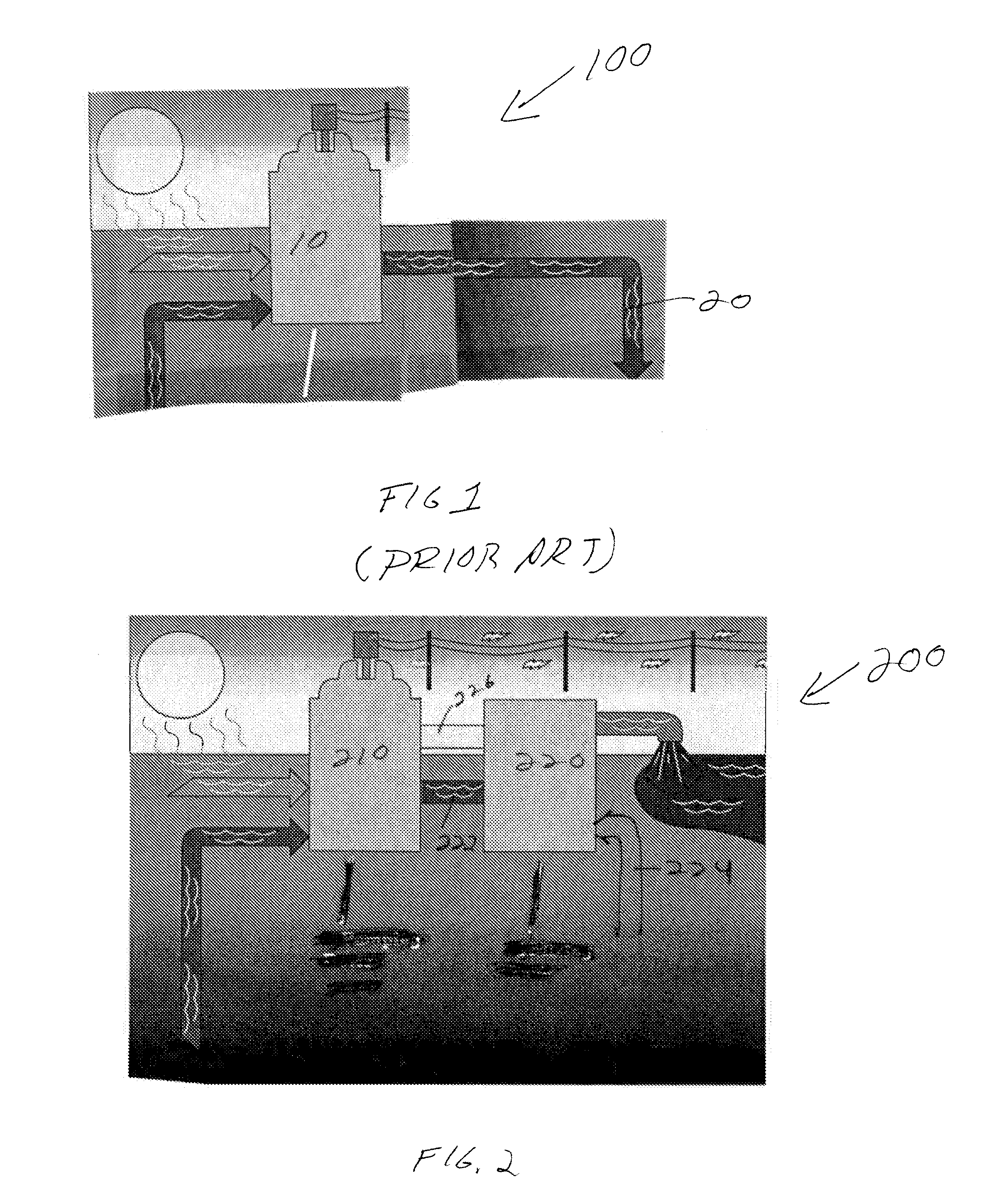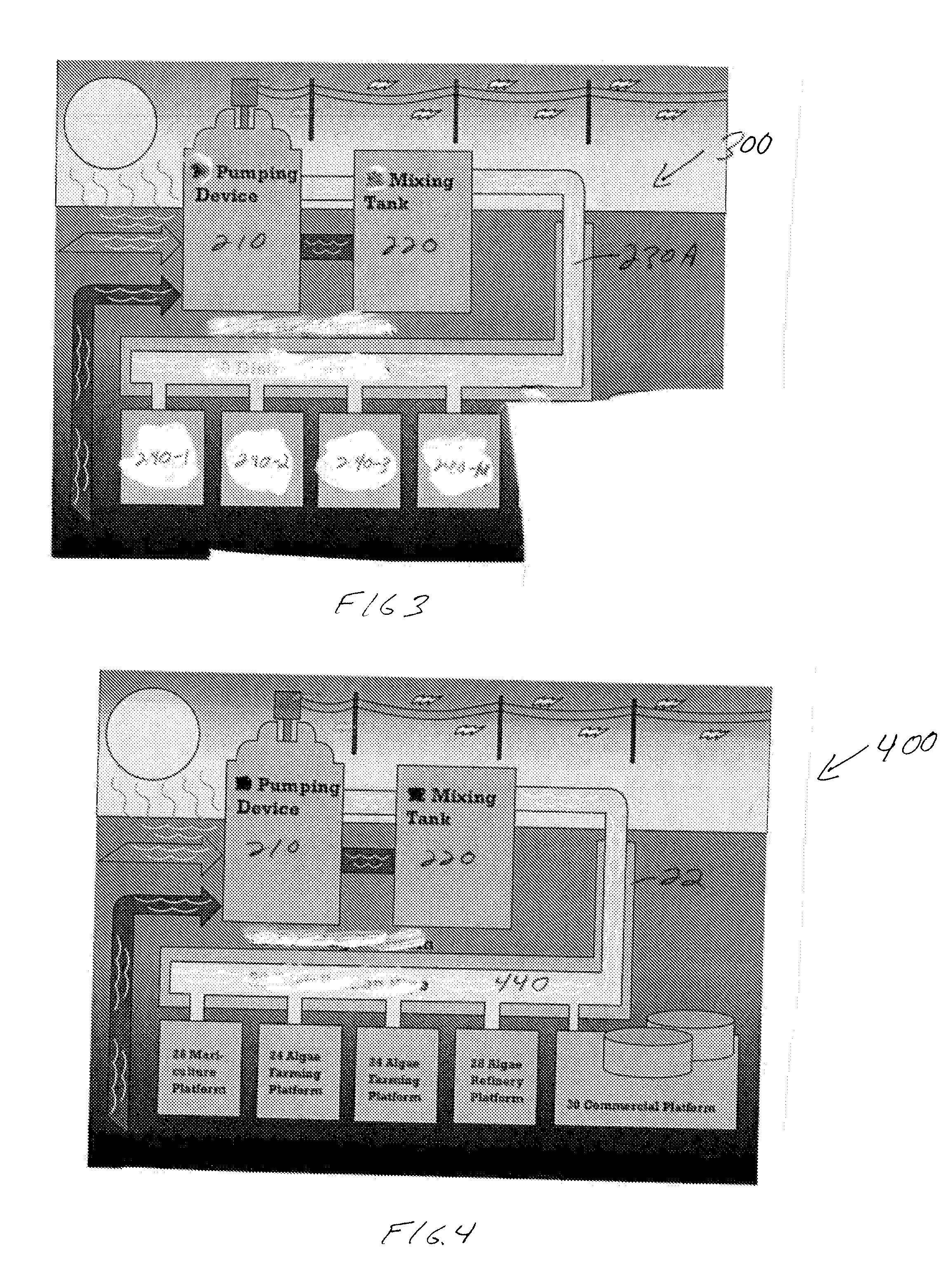Mitigation of tropical cyclone intensity and damage
a tropical cyclone and intensity technology, applied in the field of weather modification, can solve the problems of not providing a large scale solution to the problem, the scope of weather modification experiments is not large enough to effectively reduce the intensity of a hurricane, and the technique is not large enough to achieve the effect of reducing the surface temperature of sea water
- Summary
- Abstract
- Description
- Claims
- Application Information
AI Technical Summary
Benefits of technology
Problems solved by technology
Method used
Image
Examples
Embodiment Construction
[0023] Aspects of the present invention that are advantageous are numerous. Certain of these advantageous aspects are discussed in the following paragraphs. It should be noted that within the application certain words are used interchangeably, in particular the usage of sea and ocean.
[0024] Affecting tropical cyclones as a system, not merely protecting individual dwellings from destruction. This also improves on cloud seeding methods as the whole system can be affected not just a limited area.
[0025] Lowered sea surface temperatures (SST) limiting formation and sustenance of tropical cyclones. Formed tropical storms entering the effected region would be deprived of feedback energy provided by warm SSTs and decrease in intensity. The invention is a proactive solution to tropical cyclones, not reactive.
[0026] A constantly deployed and operational pump distribution system, described further hereinafter, creates and maintain an environment not suitable for tropical cyclone formation. ...
PUM
 Login to View More
Login to View More Abstract
Description
Claims
Application Information
 Login to View More
Login to View More - R&D
- Intellectual Property
- Life Sciences
- Materials
- Tech Scout
- Unparalleled Data Quality
- Higher Quality Content
- 60% Fewer Hallucinations
Browse by: Latest US Patents, China's latest patents, Technical Efficacy Thesaurus, Application Domain, Technology Topic, Popular Technical Reports.
© 2025 PatSnap. All rights reserved.Legal|Privacy policy|Modern Slavery Act Transparency Statement|Sitemap|About US| Contact US: help@patsnap.com



